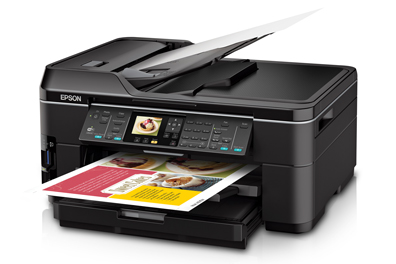5 Tips For Cleaning Acrylic
Acrylic Plastics are used and acknowledged by many retailers and manufacturers instead of glass for being both durable and affordable. It is light yet strong and brilliantly transparent. It is being used for profit and money-making since the early 1900s and to date is the most regularly used plastics in the industry and production.

So what exactly is an acrylic product?
Acrylic is a very valuable and clear plastic that looks like glass, however, has characteristics that makes it better than glass in a number of ways. Usual varieties of high-quality acrylic include Lucite, Polycast and Plexiglass. The same quality makes it more preferable for making acrylic tables.
So to simplify it, an acrylic product is principally a manufactured plastic that is made through the offshoots of acrylic acid. The most usual type is ‘Polymethyl methacrylate’, known as Perspex. Typically like every plastic, it is also a ‘Polymer’, which by definition means it is made up of two or more molecules linked together in a chain. The importance of this statement is that polymers have completely different characteristics to the fragments that make them up. So for acrylics it means they are: Extremely Robust, Resistant to UV light and Transparent which is why acrylic tables also have these qualities.
In Addition to all these facts they are coloured, can be cut in any way, molded in any shape and can also be drilled so eventually it’s clear to see why they have become so important in manufacturing a great variety of products. From extensive products like; airplane windshields, acrylic tables and fish tanks to limited-scale goods like key-chains and outdoor lights – acrylic plastic is just simply: flawless.
Five best ways to clean the acrylic product:
- Only use a very soft moist/wet duster when cleaning acrylic surfaces. There is always a possibility that acrylic might get scratches for instance while cleaning acrylic tables, so it is never recommended to use any harsh compounds or chemical products like Windex or other cleaners of the same time. In case if anything sticks to any acrylic surface (like an adhesive label or gummy products) it is recommended not to use any chemical.
- Don’t use the same duster that you use to clean other items or household products with for example if you clean tubs with a cloth don’t clean acrylic tables with the same one. Having a different cloth will prevent other residues from adhering to surfaces.
- To remove scratches don’t rub them more rather use anti-static formulas that are easily available these days that are specially designed to remove the negative charge. It is very easy to use: simply wipe it on and then wipe it off!
- Methylated spirits, turpentine and white spirit are the three solvents that should not be used to clean acrylic surfaces and are neither necessary nor recommended. Use a little detergent with a wet cloth rather than these solvents.
- If you want to remove deeper scratches, the best way would be to use sandpaper! Light scratches might be removed as discussed earlier but deeper scratches need deeper effort and a sandpaper can do wonders, trust us!
How to repel dust from acrylic surfaces:
Today, many varieties of dust sprays are available on the market that can help dust away the acrylic products and the acrylic tables at your home. However, don’t forget to use anything that’s silicon free as it can damage acrylic.
Website : www.shahrooz-art.com
















